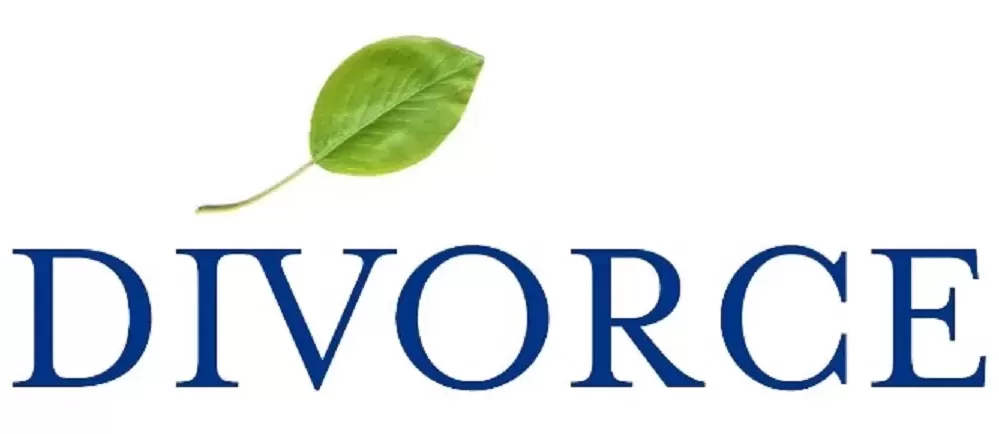On July 9, 2025, the Michigan Court of Appeals issued its opinion in the case of Glowacki vs. Glowacki, a case involving the division of debt in divorce. Specifically, the divison of a very large tax obligation. Michigan law provides for debt to be divided in the same way as assets are divided. Restated, property division in divorce includes both the division of assets and the division of debt.
How is debt divided in divorce (Ans. The same way as property)
Mr. Glowacki is a medical doctor and managed his own medical practice, earning in excess of $1,000,000 per year. Ms. Glowacki did not work at the time of divorce. At the time of their divorce trial, the parties owed $3 million dollars in taxes to the IRS. The court describing this debt as being attributable to their parties lavish spending and failure to pay income taxes.
At trial, the trial court ordered the parties to share equally in the tax obligation. After a series of appeals, the trial court re-apportioned the obligation wtih Mr. Glowacki being responsible for 90% of the debt and Ms. Glowacki being responsible for 10% of the debt which was affirmed in the current appeal.
Michigan law provides that the division of debt in divorce is governed by the same law as the division of property in divorce. The seminal case being Sparks vs. Sparks, 440 Mich 141 (1992)
The goal in distributing marital assets in a divorce proceeding is to reach an
equitable distribution of property in light of all the circumstances. The division
need not be mathematically equal, but any significant departure from congruence
must be clearly explained.Sparks vs. Sparks
The Sparks factors are:
- duration of the marriage;
- contribution of each party to the marital estate;
- age of the parties;
- health of the parties;
- life status of the parties;
- necessities and circumstances of the parties;
- the earning ability of the parties;
- past relations and conduct of the parties; and
- general principles of equity.
The determination of relevant factors will vary with the circumstances of each case,
and no one factor should be given undue weight. The trial court must make specific
findings regarding the factors it determines to be relevant.Sparks vs. Sparks
The crux of the trial court’s decision to divide the IRS debt in divorce 90/10 was the earning capacity of the parties. The trial court noting that if the IRS debt was divided equally, Mr. Glowacki could pay his share in around 4 years and Ms. Glowacki could pay back her share in over 40 years!. Simply put, the relative earning ability of the parties supported the 90/10 split.
Let it be our privilege to help you manage your situation.
By: Daniel Findling (c) 2025.
Our Core Values
Ph. 248-399-3300 : Email:Daniel@Findlinglaw.com : After hours emergency?+1 (248) 633-8583
I have been exclusively practicing divorce and family law in Michigan for almost 30 years. The attorneys at Findling Law all share the core value of practicing law to help people navigate change in their lives, without compromising principles. We specialize in high socio-economic, high-profile and high-conflict cases, while also working with clients of all backgrounds. We recognize that the most important aspect of the practice of law is the application of the law to your specific circumstances. That is why we provide more free information on divorce and family law than any other Michigan law firm. We want to help you manage your situation. Allow our exceptional legal team to help you navigate the change in your life, without compromising principles.
